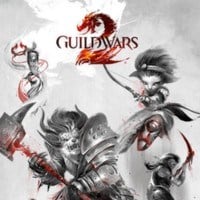Guild Wars 2: Damage
Damage, control, support - those three factors decide about encounters in the Guild Wars 2. Mastering every of them let you fulfil the challenges and fight effectively with other players in PvP and WvW.
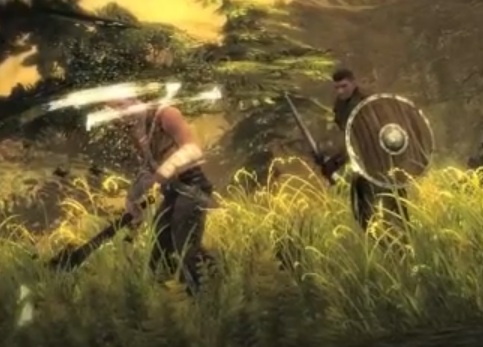
Damage per second is one of the most important factor of almost every MMO. Also in Guild Wars 2: all professions may attack enemies directly and every of them may become so called damage dealer, a hero concentrated only on damaging. Of course, classes differ: necromancers poison, elementalists burn and warrior bleeds enemies out. But id doesn't change the basic assumption that every hero can specialize in killing enemies.
For better eliminating enemies, you have to know what factors affect damage and how you can defend against them. Following paragraphs are dedicated only to those topic, but I recommend to read them all players, even those concentrated on control or support, because this information may help them survive.
First option of dealing damage is a direct fight, with use of some weapon. Independently of your class, every attack follows the same rules. using of your weapon's skill you begin series of calculation. The first one is: did I hit an enemy? In most cases, the target out of your range or hiding behind obstacles will avoid damage. What is more, you can evade an attack with dodge, block (skill of shields and few weapons) or blinding the enemy.
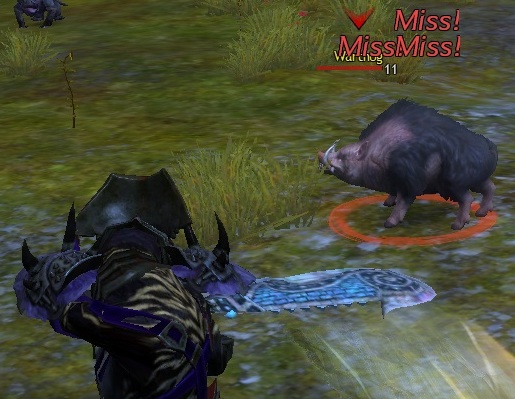
When the hit is confirmed, it's time to ask: how many damage you did? Majority of attacks will cause normal damage: your attack will be compared with enemy's armor, and the damage will be calculated and displayed. But you can affect quality of your hits. You can increase damage by investing in critical chance and critical damage (connected with precision and fury) as well as causing vulnerability. You can decrease the received damage by casting weakness on enemies and support allies with skills having protection bonus. In case of hunter and thief you can increase power of some skills by attacking from back or side, what is called a flanking. The last one method of decreasing damage is available only for computer controlled heroes: while attacking monsters with at least seven more levels, your attacks will be less effectively (an effect similar to the weakness).
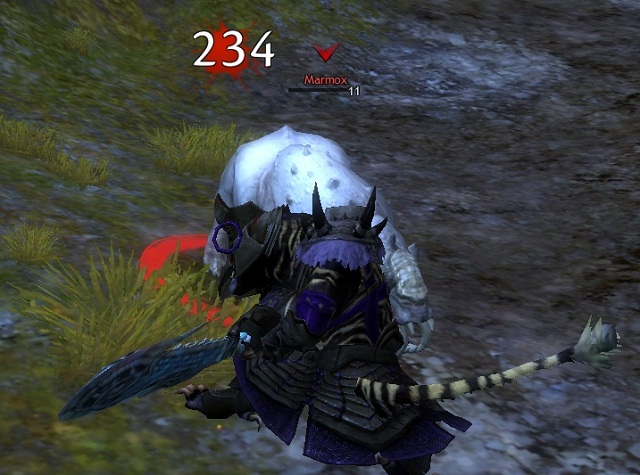
Damage dealer should invest in a critical chance and damage.
The second, equally important method of causing damage is using spells applying proper effects. Poison, burning, bleeding: they may be even stronger than the normal attacks. Investing in condition damage and condition duration increases the power and time of those effects. What is more, you can improve them with another effect, vulnerability. There are also two more indirect methods of damaging enemies: confusion and retaliation. First one affects enemies: every action he makes, damages him. The second one is a bonus for allies, which makes part of the caused damage returns to the attacker.
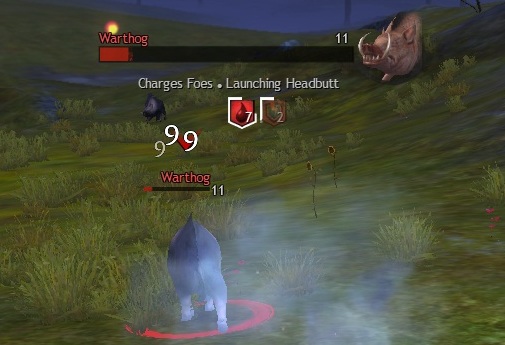
Besides those methods above, you can find few indirect tricks to reduce received damage. Usually, it's about immobilizing or freezing the enemy: such an opponent attacks slower and won't reach you, if he can't move (they'll be described in the next chapter). Also negative effects can be decreased or even cancelled with remove condition skills. The last and most powerful method is using a skill providing temporarily invulnerability. Such skills are very rare and have long preparing time, but they makes you untouchable for few seconds, the perfect tool when you're in a big trouble.
Below you can find a chart summing up methods of both, decreasing and increasing damage:
Decreasing damage | Increasing damage |
Moving on the battlefield (range/obstacles) | Flanking |
Dodge | |
Block | |
Armor | Attack |
Glancing hit (weakness, 7+ more levels) | Critical hit (fury bonus) |
Bonus protection | Vulnerability |
Remove condition skill | Poison/burning/bleeding condition |
Invulnerability | |
Control | Control |
You are not permitted to copy any image, text or info from this page. This site is not associated with and/or endorsed by the developers and the publishers. All logos and images are copyrighted by their respective owners.
Copyright © 2000 - 2025 Webedia Polska SA for gamepressure.com, unofficial game guides, walkthroughs, secrets, game tips, maps & strategies for top games.
